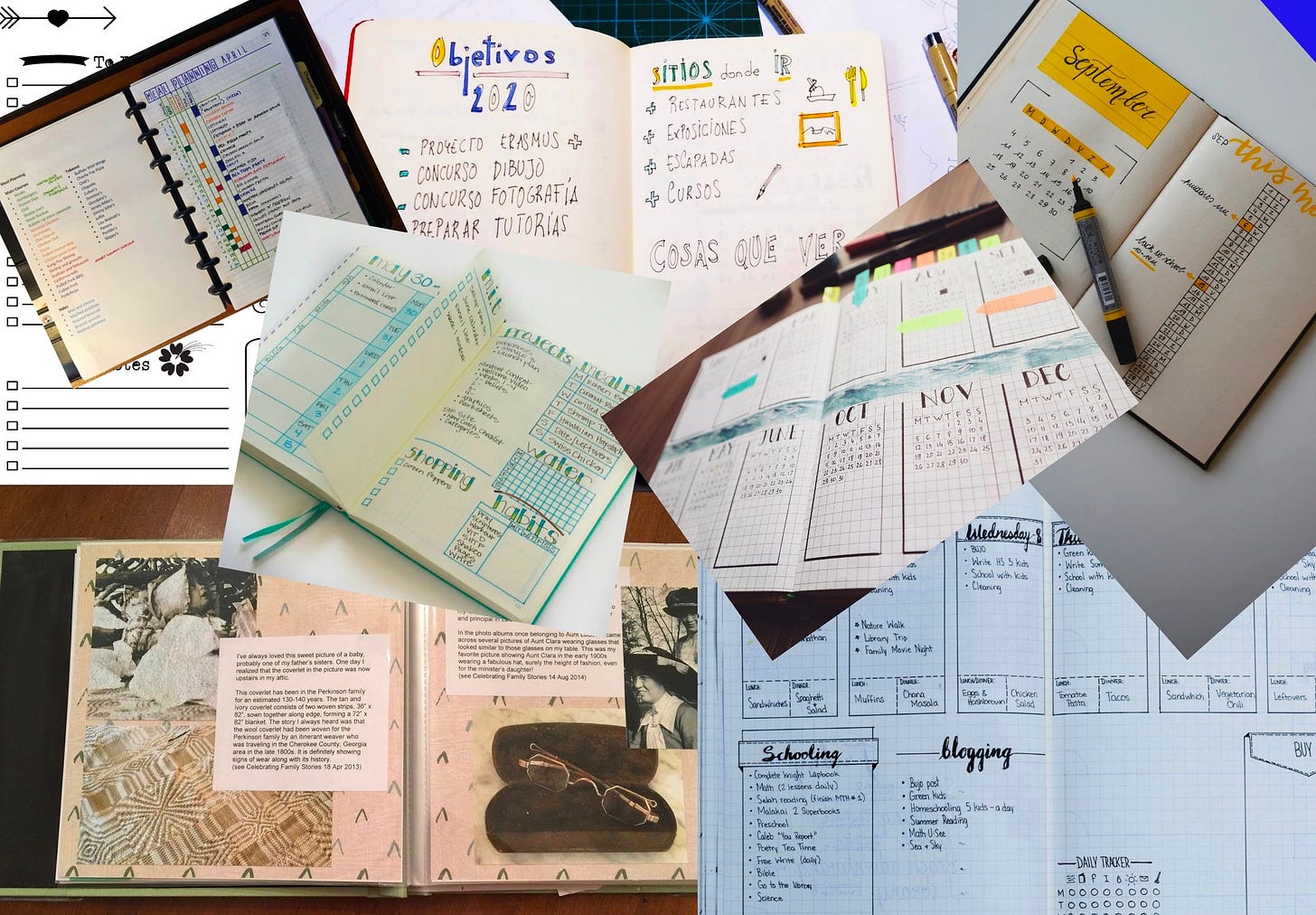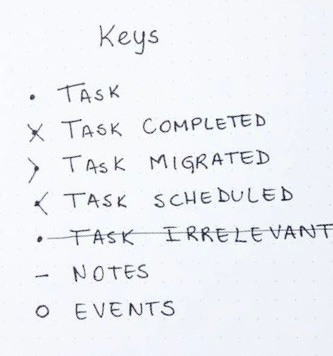Bullet Journalling Can Be Brilliant for Those That Want to Procrastinate
How to avoid being sucked down a pretty pictures rabbit hole.
There is a type of procrastination that we are all guilty of, and most of us ignore. Whether you are building the perfect second brain, the best productivity system or the perfect to-do list, it is all procrastination if you are building a system and not using it.
The idea of these systems is to help us be creative, not to take all our time up so we have no time to work. Unfortunately, one of the biggest perpetrators of this is the bullet journal.
Search on Pinterest, Instagram or the internet, and you will be inundated with beautiful pages for recording, tracking and planning your day. People spend days setting up the pages for the following month. It has led many people to reject the bullet journal or think they are not artistic enough to start one.
But it was never meant to be like this. In truth, the essence of the bullet journal was to plan your day and declutter your brain; there was no sticker or pretty drawing anywhere to be seen.
What is Bullet Journalling
First, let me start by saying if you are one of the highly creative people who do the most beautiful of pages, then all power to you. I have not got an artistic bone in my body, and I greatly admire your talent.
However, ensure this is something you are enjoying, and it is not taking time away from other activities you should be doing. If you are not artistic, please don't be discouraged from starting a bullet journal.
Bullet journaling is described by Ryder Carroll, the author who designed the process:
It's a fusion of philosophies from a variety of traditions that define how to live an intentional life—a life both productive and purposeful.
It is a place where you track the past whilst working on your current goals to meet your dreams for the future. If used effectively, it will allow you to work on what is vital whilst eliminating that that is procrastination and not needed.
Why Bullet Journal
Mindfulness is another term widely discussed in the last couple of years. Mindfulness is the art of intentional living. Intentional living is the power to direct yourself toward what is meaningful and not get caught up in the everyday minutia.
This is at the heart of the bullet journal. You limit your tasks so that you accomplish what is important.
President Obama is famous for only wearing grey or blue suits. He did this to limit the decisions he needed to make. He had so many decisions to make in the day; what to wear was not one of those he needed to concentrate on, so he limited his choices.
Why do we do this? Because if left without a solution, decision fatigue will lead to you not deciding at all. When faced with more and more decisions, we avoid them all.
How to Bullet Journal
Take any notebook; it doesn't have to be expensive or flash; it could be as simple as a school exercise book. The same is true for the pen; it doesn't have to be expensive.
When you start your bullet journal, make a rule with yourself that only important things that add value to your life will be included.
Decide on what you need for your particular workflow. At a minimum, I would start with a yearly plan, where you record birthdays, a monthly planner, and a daily planner
When you come to your monthly planner, add the events from your yearly planner and any monthly plans. Then look at your projects and goals.
What must you accomplish to take your project one step forward? Not to completion, remember we are breaking this down into small manageable steps. If they are too large, you will not accomplish them. Add these to your monthly planner.
Turn to your daily planner every night and review what you have completed. Then, tick off the completed items, re-schedule the others for later, or cross them off as unnecessary.
The bullet journal system has a system of dots, dash and arrows to mark different tasks. You can adopt this or use whatever your like.
Once you have completed this, write the tasks for the next day using your monthly planner and any other daily tasks that have come up. Then, start your day by reviewing what you need to accomplish every morning.
Review your bullet journal
Weekly, monthly and/or yearly review of your bullet journal. This will help you see what is essential and what you constantly put off. For example, is the task you are putting off essential? If the answer is yes, review how to make it more enjoyable.
If you hate washing up, why not listen to an audiobook or podcast whilst you do it?
If you have used the daily planners to record thoughts, ideas, and facts, then review these and add them to an article or put them into your second brain.
Look at your monthly planner. Were there tasks that you did not complete? If you still need to complete them as soon as possible, add them to this month. Transfer them to the yearly planner if they can be done in a few months.
My Bullet Journal
The system has to be for you, but this is how I use my bullet journal. Take what you want and set up your system as well.
My yearly log is kept in my calendar application. I told you I make all these my own. There is no point in me spending time logging birthdays and events in a book when they are also in my calendar application.
My bullet journal is used just for my writing and personal life. My business needs a system all to itself. I also do not use monthly plans but weekly plans. I plan my articles for the week in a weekly spread.
To this, I add any research I need to complete for future articles and a weekly to-do list for tasks that need to be completed in the week but have no specific date. I also include an ideas section, where I note any article ideas that pop into my head.
That is all I use of the bullet journal, but that has been enough to seriously change my productivity and make life much less stressful.
Give it another go
Any notebook or journal that you keep should serve as a mental sanctuary. Somewhere you are free to think, reflect, process and focus. So the first idea for the bullet journal was for it to be simple and productive.
I love reading books like these because you can use small parts of every system to make it your own. As a thinker, everyone should read widely.
The power of the Bullet Journal is that it can become whatever you need it to be at the time. For example, you could be trying to get healthy, so you use the bullet journal to track your water or calorie intake.
You could have a big project to complete and use it to track individual tasks. Whichever stage of your life you are at, the bullet journal can become a companion in your journey.
But I caution you, make it simple and quick to set up because if you get sucked down the rabbit hole of elaborate pages and pictures, your productivity helper will become your most successful tool for procrastination.



